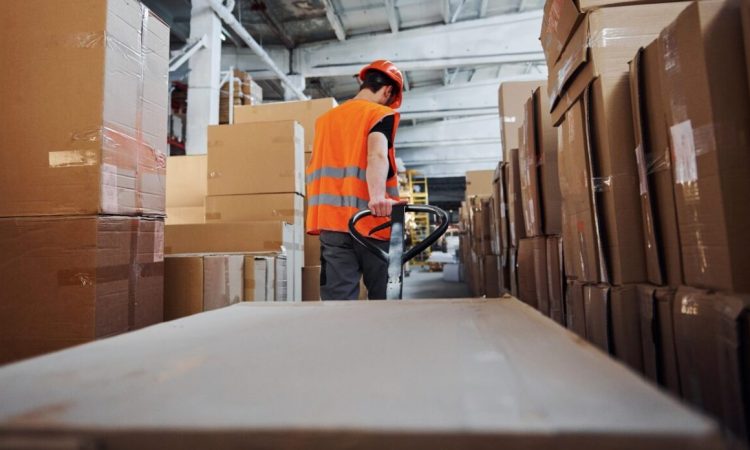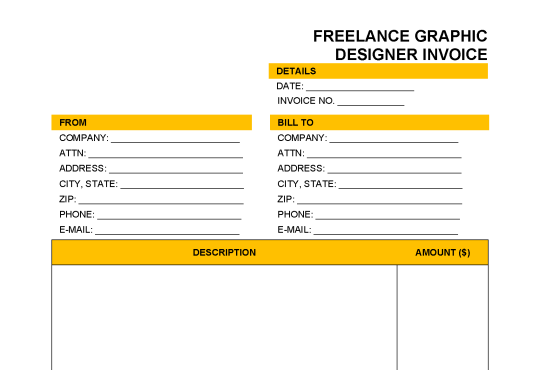
Navigating the intricacies of UK customs clearance is crucial for any business involved in importing goods. As the gateway through which all international goods must pass, customs clearance ensures that imports comply with the country’s regulatory standards and legal requirements. This process can be complex, involving various government agencies and numerous regulations.
Customs clearance serves as the first line of defence, protecting national security and the economy. By understanding this process, businesses can avoid costly delays and ensure a smooth transition of goods across borders. It is not just about getting the goods in; it’s about doing so in a way that is efficient, compliant, and cost-effective.
The importance of mastering customs clearance for seamless importing cannot be overstated. With the right knowledge and preparation, businesses can overcome potential hurdles, ensuring their goods reach the market swiftly and without unnecessary expense.
The Importance of Customs Clearance in International Trade
Customs clearance is a pivotal aspect of international trade, acting as the bridge between exporting and importing countries. It ensures that goods are legally imported and helps maintain the integrity of a country’s economy by enforcing tariffs, quotas, and other trade regulations. Without effective customs clearance, goods might face delays, penalties, or even confiscation.
For businesses, mastering customs clearance is not just about compliance but also about competitiveness. Efficiently cleared goods mean faster delivery times, which can significantly enhance customer satisfaction and business reputation. In an increasingly globalised economy, the ability to quickly and smoothly navigate customs processes can be a significant competitive advantage.
Moreover, customs clearance provides a level of predictability and stability in business operations. By understanding the requirements and preparing accordingly, companies can minimise risks and control costs, making them more resilient to the unpredictable nature of international trade.
Key Terms and Concepts in Customs Clearance
Understanding key terms and concepts is essential for navigating the customs clearance landscape. Here are some fundamental terms every importer should be familiar with:
- Tariff Codes: These are numerical codes assigned to products that classify goods for import and export. Knowing the correct tariff code is crucial for determining the applicable duties and taxes.
- Customs Declaration: A formal statement detailing the nature and value of goods being imported. This document is essential for assessing duties and ensuring compliance with import regulations.
- Duty and VAT: These are taxes levied on imported goods. Duties are charged based on the tariff classification, while VAT (Value Added Tax) is applied to the value of goods, including duties.
Understanding these terms is the first step towards mastering customs clearance. Each plays a critical role in ensuring that goods are processed efficiently and legally. Familiarity with these concepts will not only facilitate smoother transactions but also help in avoiding unnecessary fines and delays.
Step-by-Step Process of UK Customs Clearance
The UK customs clearance process can be broken down into several key steps, each of which requires careful attention to detail:
- Preparation and Documentation: Before goods reach the UK, all necessary documentation must be prepared. This includes invoices, tariff codes, and proof of origin. Proper documentation is crucial for a seamless customs clearance process.
- Customs Declaration: Once goods arrive in the UK, a customs declaration must be submitted. This includes details about the goods, their value, and the applicable tariff codes. Accurate and timely submission of this information is vital.
- Duty and VAT Payment: After the declaration is processed, any applicable duties and VAT must be paid. This step is critical to ensure that goods can be released from customs and enter the UK market.
Each of these steps requires careful planning and execution. By understanding the process and preparing accordingly, businesses can minimise delays and ensure their goods are cleared efficiently.
Common Challenges in Customs Clearance and How to Overcome Them
Despite careful preparation, challenges in customs clearance can arise. One common issue is inaccurate documentation, which can lead to delays and additional costs. To overcome this, businesses should ensure that all paperwork is completed accurately and double-checked for errors.
Another challenge is understanding and complying with ever-changing regulations. Customs laws can be complex and frequently updated, posing a risk for businesses that fail to stay informed. Regular training and consultation with customs experts can help businesses keep up-to-date with these changes.
Lastly, unexpected delays at the border can occur due to a range of factors, such as increased security measures or logistical bottlenecks. To mitigate these risks, businesses should factor potential delays into their timelines and maintain open communication with their supply chain partners.
Required Documentation for Customs Clearance
Proper documentation is the cornerstone of successful customs clearance. The following documents are typically required for importing goods into the UK:
- Commercial Invoice: This document provides a detailed description of the goods, their value, and the terms of sale. It is essential for determining duties and taxes.
- Bill of Lading or Airway Bill: These documents serve as proof of the contract of carriage and provide details about the shipment, including the shipper, consignee, and freight charges.
- Packing List: This document details the contents of each package within a shipment, helping customs officials verify the nature and quantity of goods.
- Certificate of Origin: This certifies the country in which the goods were manufactured, which can affect tariff rates.
Ensuring that these documents are complete and accurate is crucial for avoiding delays and ensuring compliance with customs regulations.
Customs Duty and VAT: What You Need to Know
Customs duty and VAT are integral components of the import process, impacting the overall cost of bringing goods into the UK. Understanding these charges is crucial for effective budgeting and pricing strategies.
Customs Duty is a tax imposed on imports and is determined by the tariff classification of the goods. The rate can vary significantly depending on the product type, origin, and trade agreements in place. Accurate classification is essential to determining the correct duty rate.
Value Added Tax (VAT) is applied to the value of the goods, including the customs duty. The standard VAT rate in the UK is 20%, although some goods may be subject to reduced rates. It is important for businesses to factor VAT into their pricing models to avoid unexpected costs.
Understanding these charges and how they apply to your goods is essential for maintaining profitability and competitiveness in the market.
Tips for Ensuring Seamless Customs Clearance
Achieving seamless customs clearance requires strategic planning and attention to detail. Here are some tips to help ensure a smooth process:
- Stay Informed: Customs regulations can change frequently. Staying informed about the latest updates can help you remain compliant and avoid potential pitfalls.
- Accurate Documentation: Ensure that all required documents are complete, accurate, and submitted on time. Double-checking paperwork can prevent costly mistakes.
- Engage a Customs Broker: Consider working with a professional customs broker who can navigate the complexities of customs clearance on your behalf. Their expertise can save time and reduce the risk of errors.
By implementing these strategies, businesses can enhance their customs clearance processes, reducing the likelihood of delays and additional costs.
Choosing the Right Customs Broker for Your Business
Selecting the right customs broker can be a game-changer for your import operations. A good broker will not only ensure compliance but also streamline the entire customs clearance process.
When choosing a customs broker, consider their experience and expertise in your specific industry. A broker with a track record in your field will be better equipped to handle the unique challenges that may arise. Additionally, evaluate their network and relationships with customs authorities, as this can facilitate smoother and faster clearance.
Communication is another critical factor. Choose a broker who is responsive and provides clear, timely updates. This will help you stay informed and make necessary adjustments as needed. Investing time in selecting the right customs broker can pay off significantly in terms of efficiency and cost savings.
Conclusion: Navigating the Future of UK Customs Clearance
As we look to the future, the landscape of UK customs clearance is likely to continue evolving. Changes in trade agreements, regulations, and technology will all play a role in shaping the process. Staying adaptable and informed will be key for businesses looking to maintain a competitive edge.
By mastering the essentials of customs clearance, businesses can position themselves for success in the global market. From understanding key terms and processes to choosing the right partners, each step is crucial to achieving seamless import operations.
For businesses looking to thrive in international trade, staying ahead of customs clearance challenges is not just an option—it’s a necessity. By following the guidance outlined in this article, you can ensure your business is well-prepared to navigate the complexities of UK customs clearance.
Ready to streamline your import operations? Contact DCP Logistics from London today to learn how our expert customs brokerage services can help your business achieve seamless customs clearance. Let us be your trusted partner in navigating the complexities of international trade.



